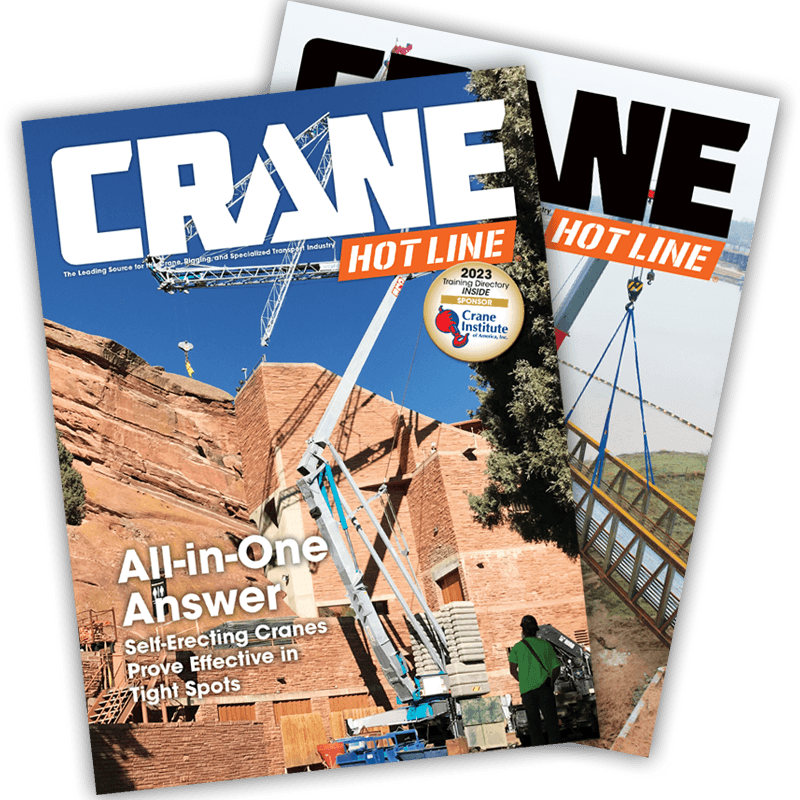Crane Evolution
 |
| Enlarge Image Because of the shape of the crane subframe, the TM500E-2 doesn’t require a fifth stabilizer in the front. |
March 23, 2009 – In recent years, product development in the North American truck crane market has primarily been limited to the typical model upgrades—longer booms and greater capacity. Today, however, the industry is experiencing a design revival. New approaches, especially regarding chassis integration, give crane buyers better operational efficiencies and greater specification flexibility.
One model creating a buzz is the 45-ton capacity Grove TM500E-2, which was introduced by
Introduced in 2001, the TMS500E truck crane was in need of updates. After conducting customer surveys on what features users would like to see on existing Grove products,
The Grove TM500E-2 has two engines—a 300-hp engine for transport and a 110-hp engine on the superstructure—for significant fuel savings.
And evolve it did, specifically in the area of fuel consumption. “Having two engines significantly reduces fuel usage,†Olivas says. “By using the superstructure engine to run crane operations, crane owners can reduce fuel consumption by gallons per hour. This allows customers to get more work from their cranes while reducing operating costs.â€

Enlarge Image
The previous model TMS500E had only one single 300-hp engine, meaning that the engine had to be used for both transport and crane operation. “And usually in this size class it means a significant amount of travel during the workday,†Olivas says. The TM500E-2 updated version also has a 300-hp engine for transport, but it is also equipped with a 110-hp engine on the superstructure. “So this second engine for the superstructure, or crane operation, has less fuel consumption and it’s Tier 3,†Olivas says. “It does not require the ultra low-sulfur fuel that the chassis or the carrier engine would require. So we utilize a big engine for transport, and when the crane is set up for crane operation, the machine runs on that low-consumption fuel engine and with a cheaper fuel.â€
Dave Demichei, vice president of Coast Crane,
The highway carrier features a Cummins ISC 300-hp diesel, and a Cummins QSB 3.3L 110-hp off-road diesel engine powers the superstructure. Both engines are certified to current EPA emission standards for the
While the two-engine setup carries significant advantages for the end user, it doesn’t translate into a more expensive product.
Read more about the TM500E-2, including structural advantages and its outsourced chassis, in the January issue of Lift and Access or in the digital edition.


